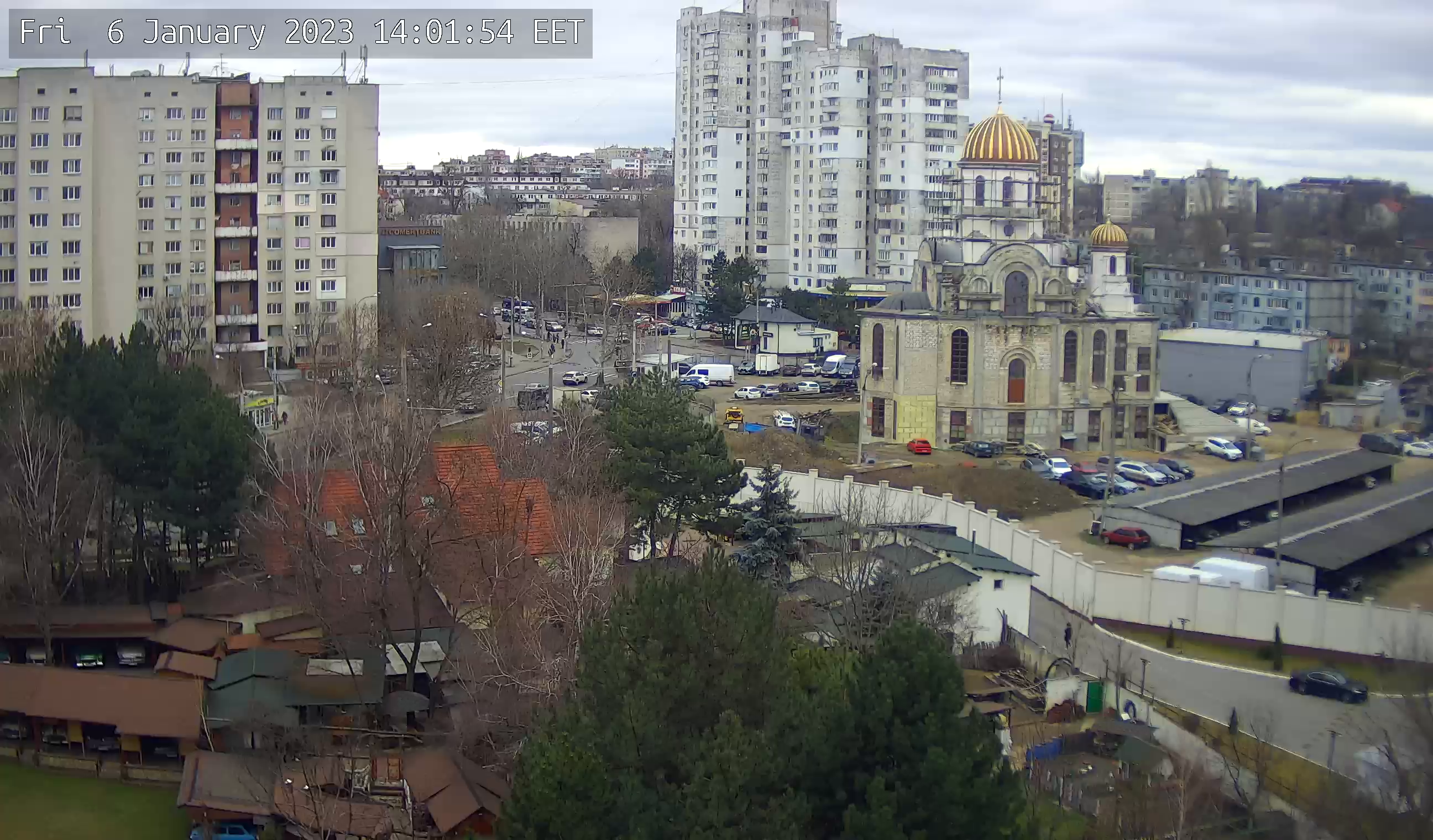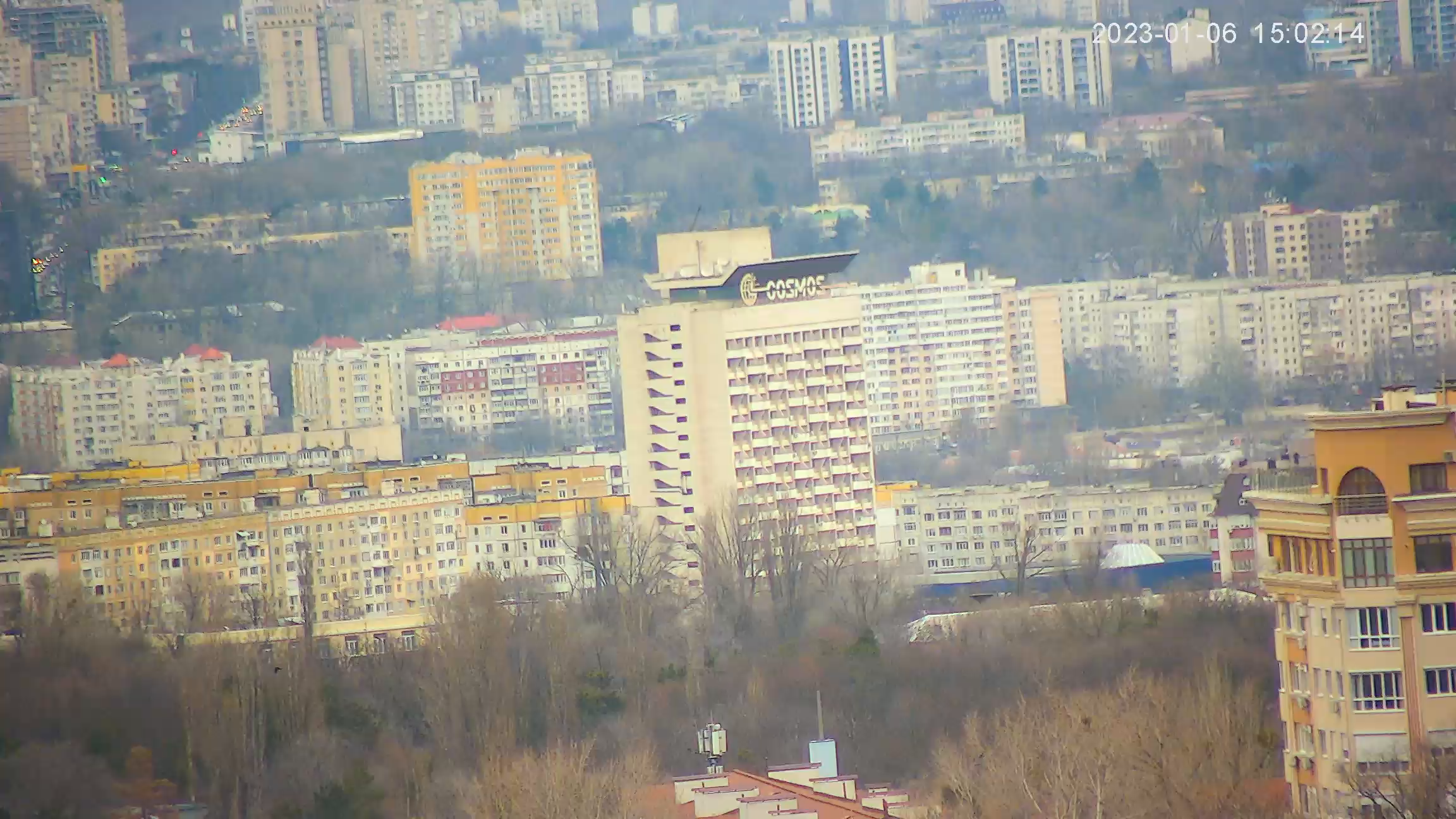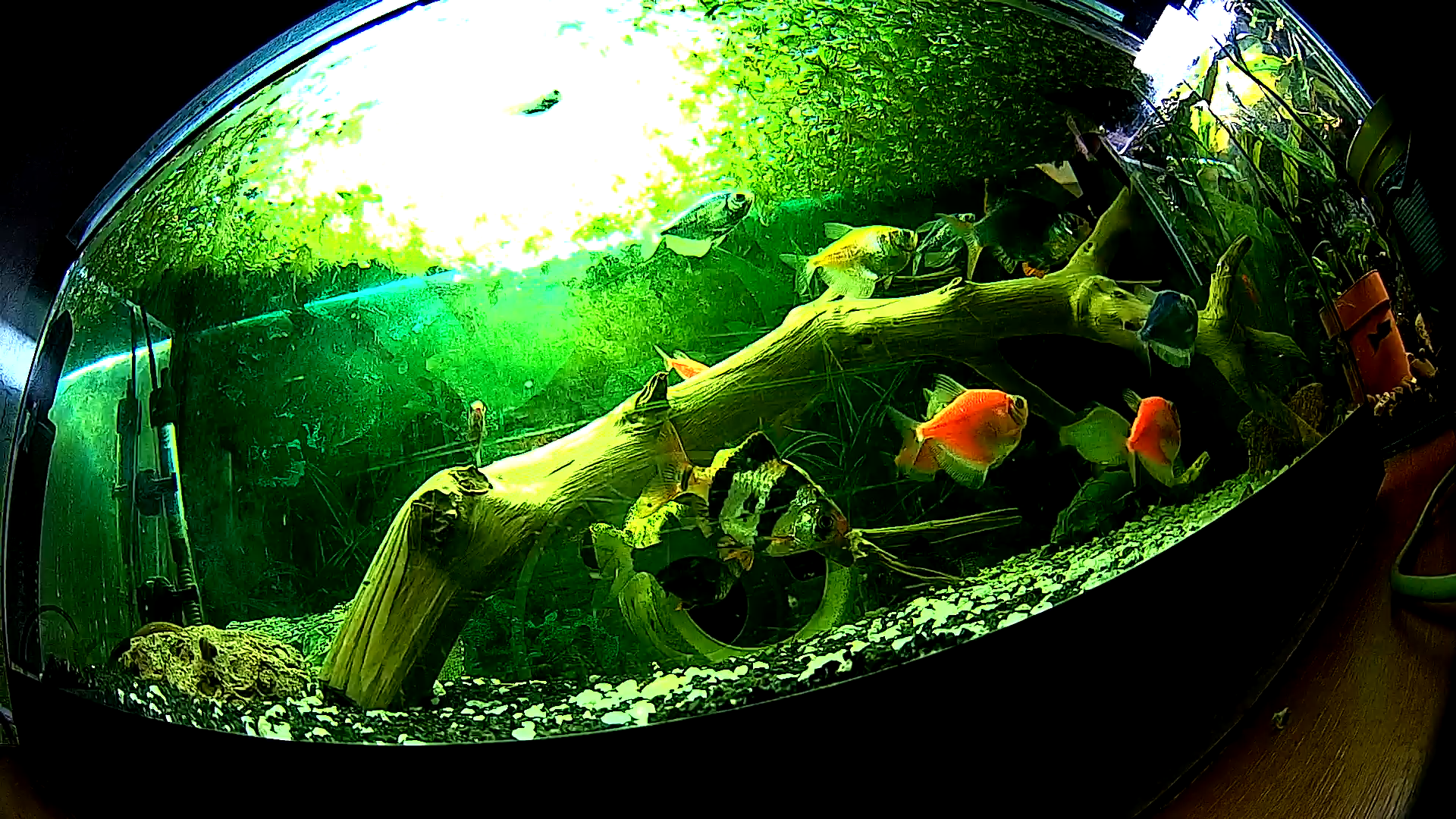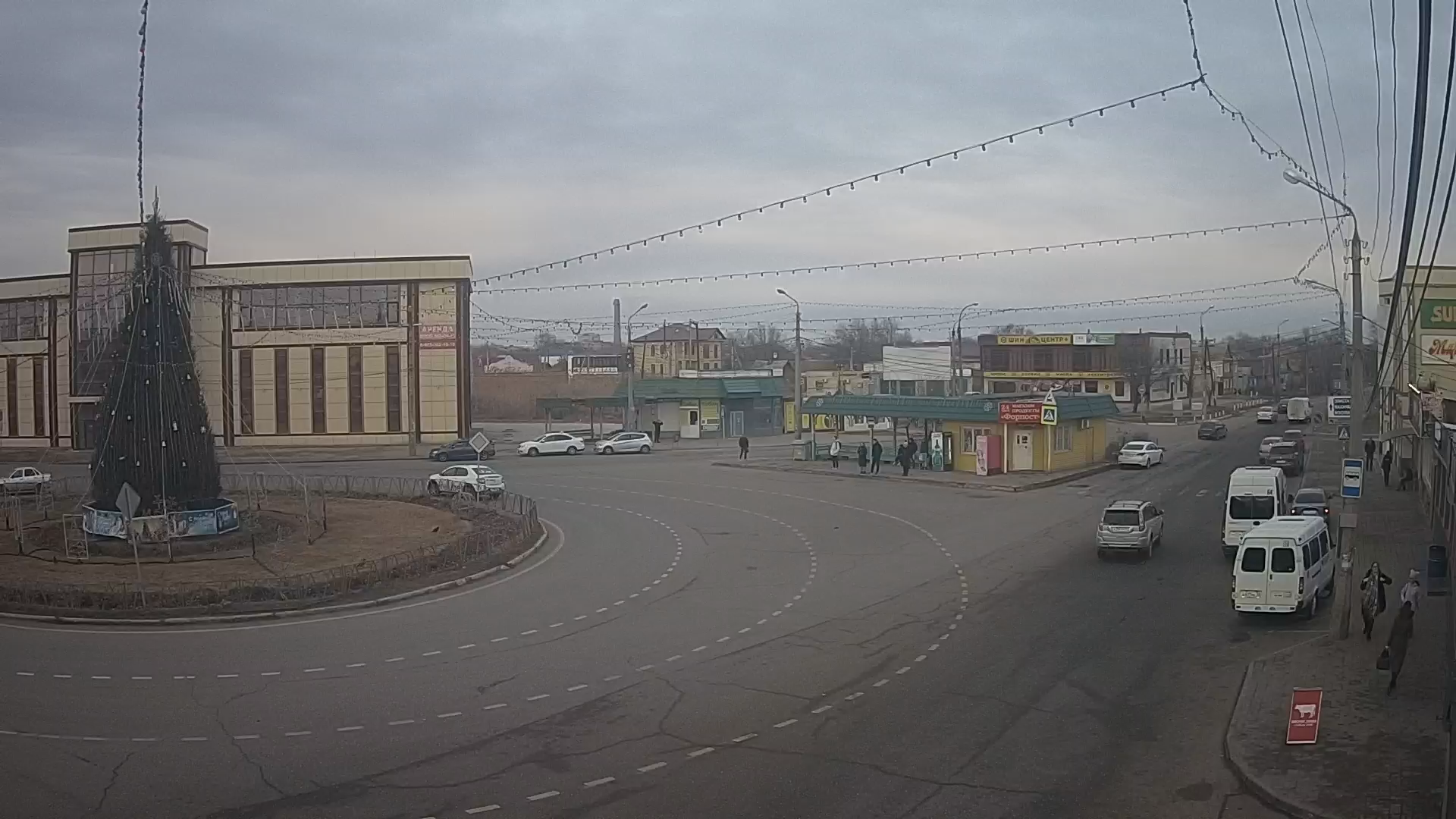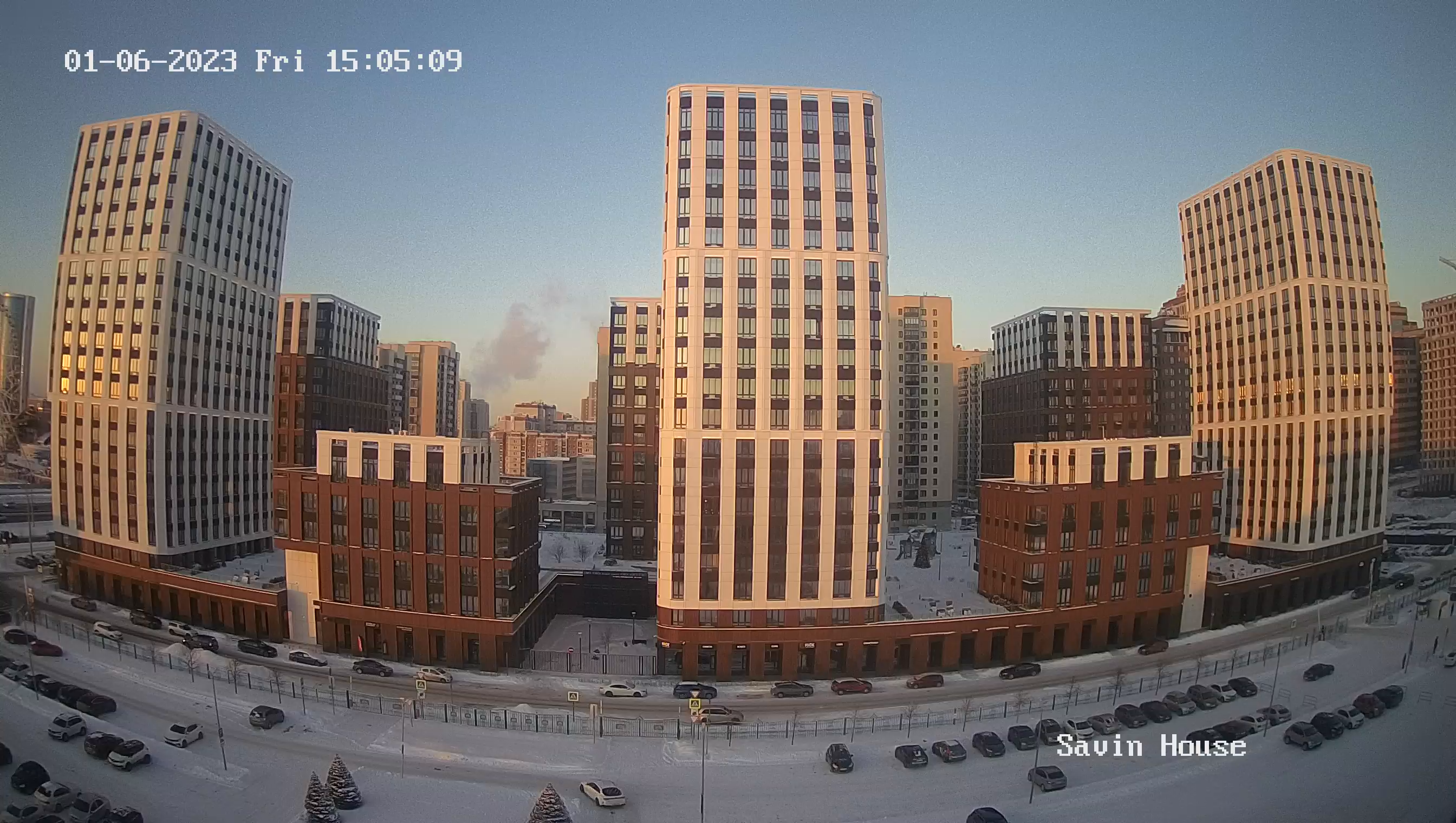Webcam Medvezhjegorsk. Dzerzhinsky Street, School
Medvezhegorsk is a nice little town located on Lake Onega. Until 1938, this place was called Medvezhye Gora. The railway station, where trains from Moscow, St. Petersburg and Petrozavodsk make a brief stop, is still called this way. The city is one of the industrial centers of Karelia, located on the north-west of the Povenets Bay. It is surrounded by picturesque cliffs and low hills, which are covered with dense coniferous forests.
In the distant past, the place of Medvezhjegorsk was an impenetrable forest of wild animals. It was a swampy area. And today one of the streets of the town is called Bolotnaya. Medvezhjegorsk began to be built with the beginning of the construction of the sawmill on the river Kumsa in 1794. Its owners were Andreev, Gagarinov, and the Zakhariev brothers, natives of the village of Tolvuya. Gradually, the Zakharievs became the sole owners of the mill.
The factory has not survived to this day, not even a trace of its building is left. But two-story wooden house of the Zakharievs has survived.
After the Russian Empire entered the First World War (1914), an urgent necessity to build a railroad to the Barents Sea arose. The construction of the Murmansk port, two ports in Soroka and Kemi, and the railroad began in 1915. The latter was to connect Petrograd with Romanov-on-Murman.
Bear Mountain" station was built on the uninhabited and deserted shore of the lake. At the station gradually emerged a village with the same name. In 1915 there was a pier on the lakeshore. In 1930 the Soviet government made a historical decision to build the White Sea - Baltic Canal. The settlement and the station "Bear Mountain" became the administrative center. As you know, the canal was put into operation in August 1933. After five years, by the decision of the Supreme Soviet of the RSFSR, this working village was given the status of urban-type settlement, and was named Medvezhegorsk (Karelia).
During the World War II, there were three years of combat operations of the Finnish and Soviet troops in the town area.

